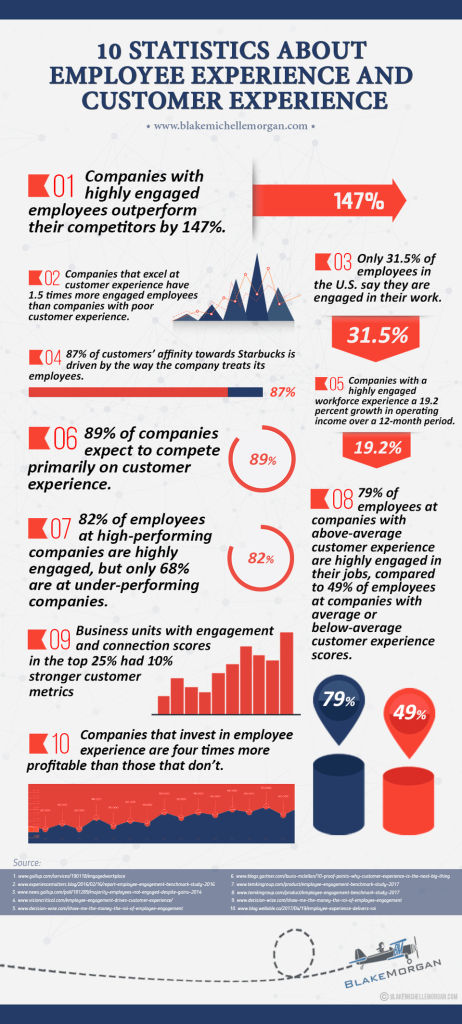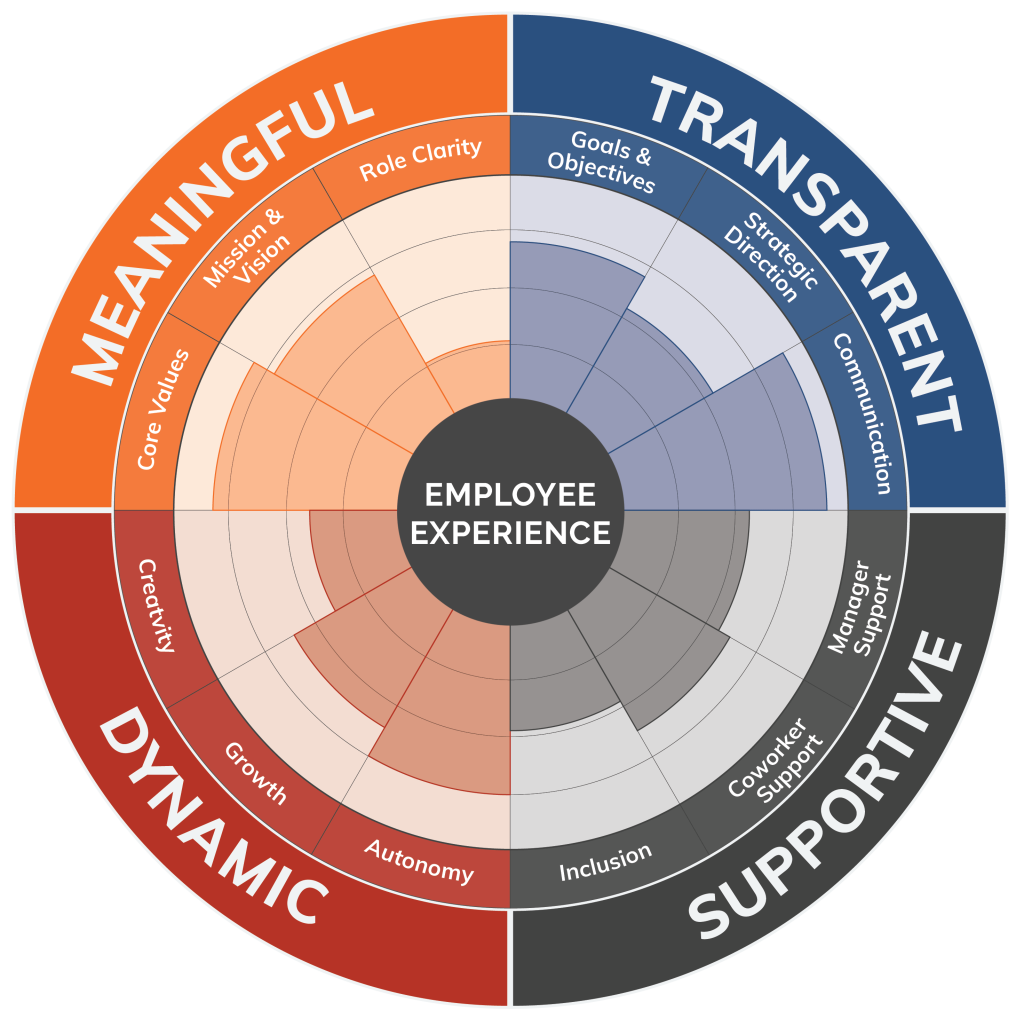Revitalize Your Employee Survey in 6 Easy Steps
Published on March 18, 2021
Employee surveys. Most organizations do them once a year or even less frequently. Some might call them satisfaction surveys, some might call them engagement surveys. But either way, the results usually get filed away without much changing, which can lead to cynicism from employees and, ironically, lower levels of satisfaction and engagement.
We focus so much on ensuring our external people are happy that we often forget to think about whether or not our internal people are happy. Even if your customers/ clients/patients are currently happy, if your employees aren’t satisfied, are disengaged, or are experiencing job anxiety and burnout, this will inevitably impact the level of customer service your team can provide.

Research has shown that “companies that invest in employee experience are four times more profitable than those that don’t” and “79% of employees at companies with above-average customer experience are highly engaged in their jobs, compared to 49% of employees at companies with average or below-average customer experience scores.”
So, how do you measure the employee experience?
To start, it’s important to regularly gather feedback from your employees. But just as important is how you communicate with your employees when gathering feedback. Don’t just send out a link to another survey and passively hope for the best. Instead, engage your employees in regular and open conversations where you directly ask them for feedback on what’s working well and what changes they’d like to see. Actively listen to your people and engage them in conversations related to changes happening at your organization to get their input and buy-in. All of these aspects help build feelings of trust and support, which are foundational for a strong employee experience.
If you’re already communicating regularly and openly, then the employee survey provides an opportunity for them to anonymously share anything they may not feel comfortable sharing directly. Plus, if you ask the right questions, surveys can help you understand the unique drivers of engagement and satisfaction at your organization as well as areas that may be contributing to burnout and anxiety.

We use the Realize Employee Experience Framework™ to understand the workplace factors and alignment that drive the experience at an organization. We focus on the four key areas of a strong employee experience in both a survey and follow up focus groups: meaningful, transparent, supportive, and dynamic. These factors are then further analyzed in relation to the employee states (engaged, satisfied, anxious, burned out) to help drive action planning.
6 steps to revitalize your employee survey
1. Determine the objectivity of the survey
- Is the goal to improve the employee experience? Drive greater engagement? Reduce burnout, anxiety and resulting turnover or low performance?
- By starting with the goal, you can ensure you are asking the right questions to get feedback that helps you action plan necessary changes.
2. Ask questions that are actionable
- For example, if you can’t afford to increase salaries in the near future, don’t ask how satisfied they are with their salaries.
3. Provide both rating scale questions and open-ended questions
- Having graphs and averages is great. But valuable context for those ratings is found in open-ended question responses. So make sure people have the opportunity to comment!
4. Ensure the survey is anonymous to get the most candid responses
- Even if you feel the level of trust in your organization is high, there are still those who will be worried about being identified if they provide negative feedback.
- Hiring a third party consulting can also help employees feel more comfortable sharing constructive criticism.
5. Follow through on the results
- Employees should get to see the overview of results.
- Create a diverse focus group of employees and leaders to work through action planning and be accountable for implementation of ideas.
6. Compare results year over year
- Conduct the same or very similar survey after a year to be able to compare results, celebrate improvements, and action plan new priority areas.
Survey fatigue can be avoided when the survey is used as a starting point for team discussions and changes. Engage your employees in regular and open conversations and actively listen to their feedback. Together, you can co-create a great employee experience.



